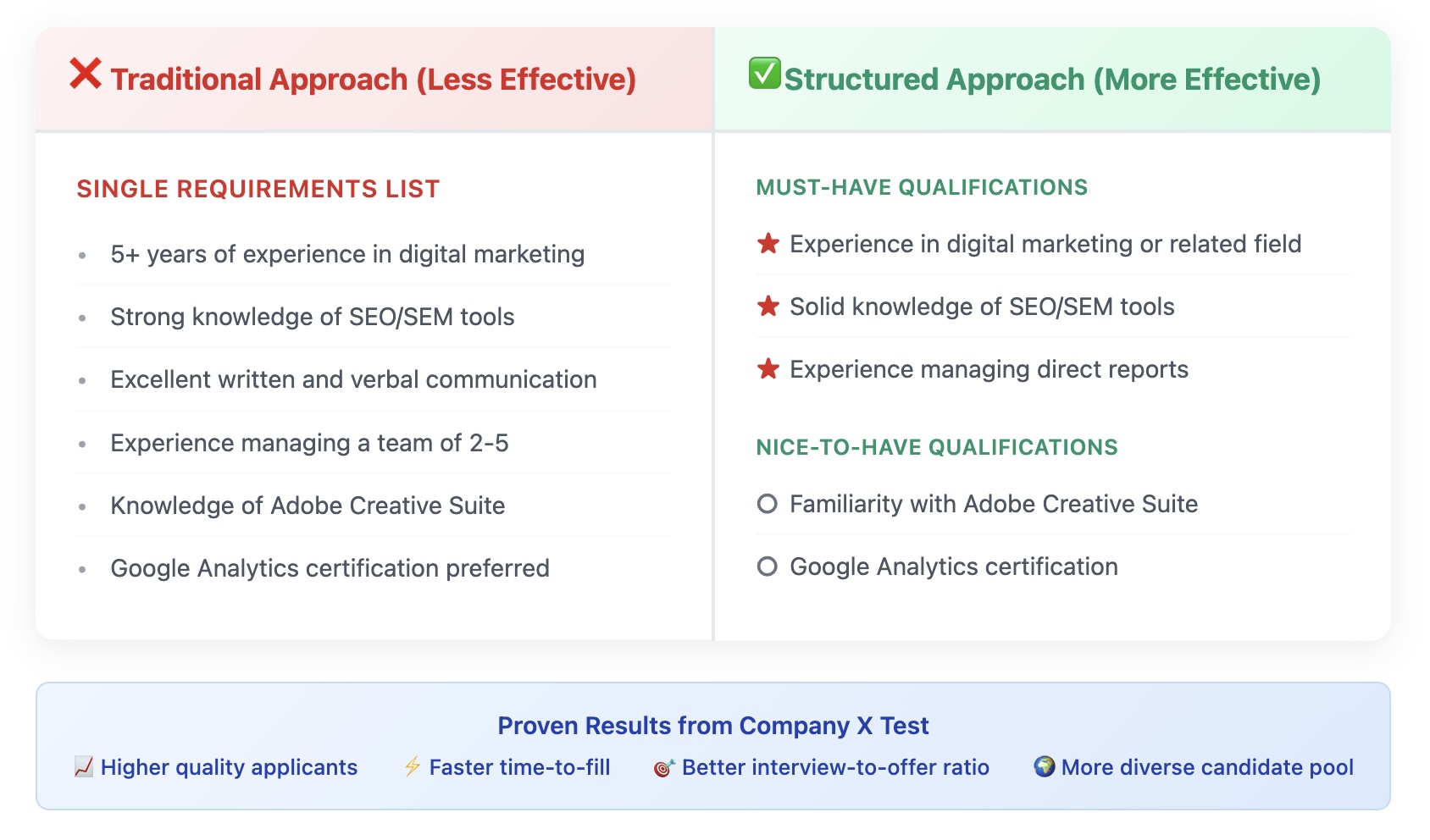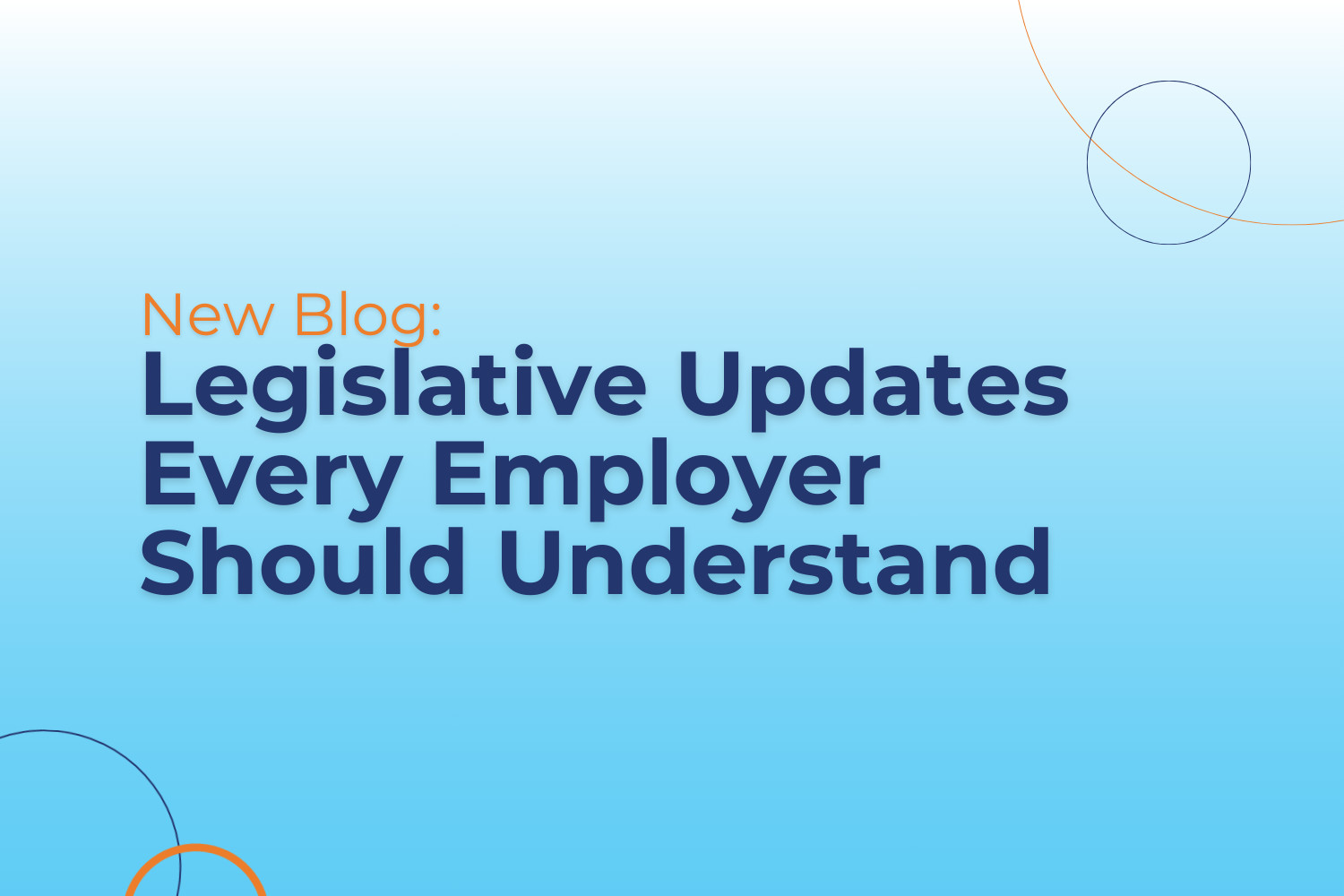Ireland is the fourth country to propose a draft bill implementing the EU Pay Transparency Directive. The government published its draft Jan. 15, which proposes to implement the pay transparency provisions of the directive.
Ireland did not include any details that address the pay reporting requirement under the directive. This differs from Sweden and the French Community of Belgium but aligns with Poland’s approach.
Overview of Proposed Amendments
Ireland’s proposed transposition goes further than the minimum pay transparency requirements of the EU Pay Transparency Directive. The proposed pay transparency amendments:
- Salary range posting requirement. Ireland will require salary ranges to be posted in job advertisements for employers. This is more restrictive than the EU Pay Transparency Directive in that the directive allows employer flexibility in providing the information to the applicant in advance of the interview rather than requiring an inclusion in the job posting.
- Salary history ban requirement. Ireland’s proposed bill has also adopted the salary history ban from the EU Pay Transparency Directive, which prohibits employers from requesting an applicant’s current or former pay information.
As noted above, no details were provided about the pay reporting requirements under the directive. Given Poland did the same, it’s possible that more countries will opt to tackle the pay transparency provisions first, then the pay reporting requirements at a later date.
Unlike Poland, Ireland already has gender pay gap reporting in place. Its Gender Pay Gap Information Act 2021 requires private and public employers to publish information on their gender pay gap annually. All employers with 50 or more employees are required to comply. Thus, it will be interesting to see what modifications it makes to existing law in its proposed pay reporting transposition.
Similarities and Differences to the EU Pay Transparency Directive
The pay transparency provisions from the EU Pay Transparency Directive will be implemented in a more restrictive manner in Ireland. Employers would be required to provide salary range information on job postings, rather than simply in advance of a job interview.
Access Our EU Pay Transparency Directive Guide
Ireland’s draft bill does propose to adopt the salary history ban as outlined in the directive. Based on the four jurisdictions that have proposed amendments or transposed the directive into law, the pay transparency provisions appear to be the easiest to adopt. The reporting provision could be phased in later in the process, which organizations will need to remain cognizant of. As noted above, Ireland employers with 50 or more employees must comply with existing gender pay gap reporting requirements.
Complying with Ireland’s Proposed EU Directive Legislation
Organizations with operations in Ireland now have the pay transparency framework of what will be required. Some initial steps to prepare for compliance include:
- Pay explainability. Prepare to explain how you differentiate and define performance in setting base salaries. Pay transparency legislation means workers must be given access to criteria used to define salary and pay raises.
- Analyze pay gaps. Identify the causes where pay disparities exceed 5%. If there is no objective justification, we recommend addressing any anomalies to remove those unexplained gaps.
- Intersectional pay equity analysis. Intersectionality is essential to close the gender pay gap. It recognizes that individuals can experience discrimination and inequality based on the intersection of multiple identities, such as race, gender, disabilities, age, and more. Intersectional discrimination is defined in the EU Transparency Directive.
Ensure Ireland Pay Transparency Compliance
Trusaic can help you comply with Ireland’s proposed requirements under the EU Pay Transparency Directive. Our three-pronged approach is a cut above other solutions:
- Leverage PayParity® to understand, explain, and resolve pay inequities across gender, race, age, and more. Conduct proactive or compliance-driven analyses to pinpoint disparities, reduce legal risk, and build trust by ensuring fair, transparent pay practices across your workforce. And now, with R.O.S.A., you can remediate pay inequities with precision. This innovative tool enables you to run hundreds of simulations quickly to find the most impactful pay adjustments, ensuring your budget is spent where it matters most.
- Leverage the Regulatory Pay Transparency Reporting™ solution to confidently report and comply with global pay transparency requirements like Poland’s.
- Leverage our Workplace Equity® product suite to communicate narratives and share salary ranges with confidence. Communicate the sources of your pay gaps, progress objectives, and
Trusaic is GDPR compliant and can assist any organization in any EU state in meeting its obligations under both the EU Corporate Sustainability Reporting Directive and the EU Pay Transparency Directive.










